In the Press
Sometimes work I do makes it into the news. Click the text or the photos to go to the news articles...
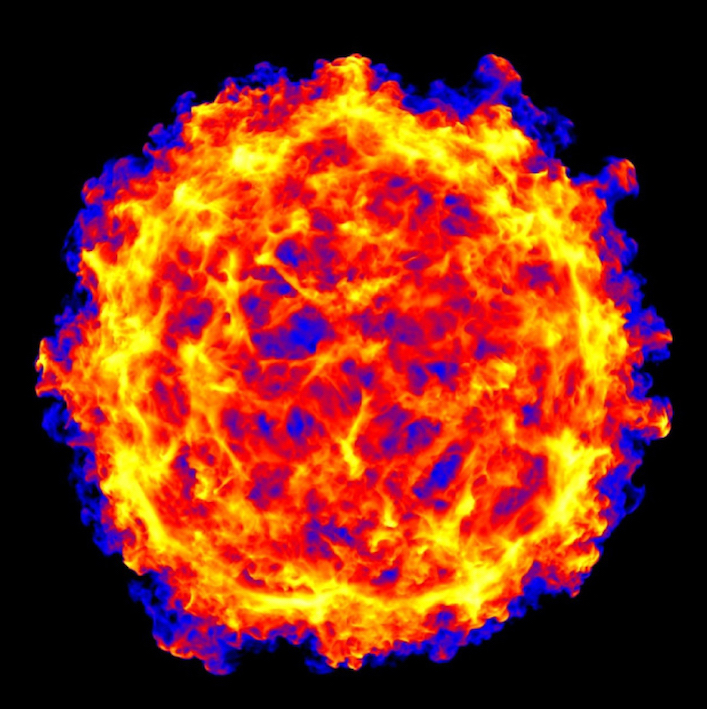
June, 2017. The AAS publication Nova did a write-up of my work involving the three-dimensional expansion of Tycho's SNR. Our work showed that there do not appear to be any asymmetries in the explosion of this Type Ia supernova, as some models predict.
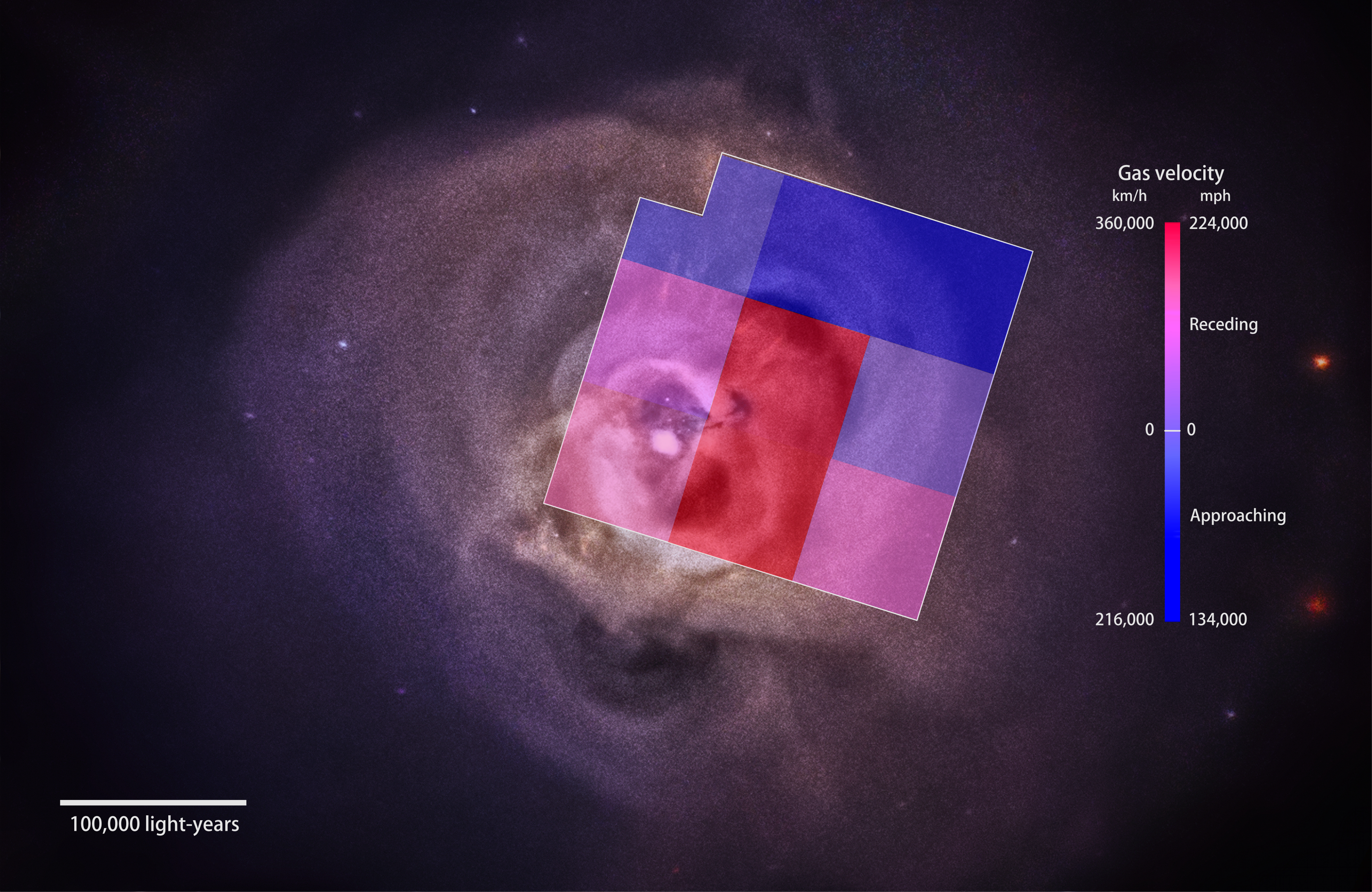
July, 2016. The Astro-H (later renamed Hitomi) satellite was successfully launched in February of 2016, only to meet an unfortunate demise about a month into the mission. Still, we did get some useful data, such as this high-resolution spectrum of the core of the Perseus Cluster, featured in a Nature paper and this NASA press release.
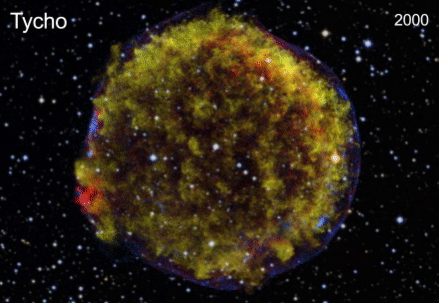
May, 2016. Fifteen years of Chandra observations of Tycho's SNR are combined into this movie, looping in the gif to the right. The supernova that caused this remnant occurred in 1572 C.E., and was easily visible to all northern hemisphere observers. We used the motions observed to measure the expansion rate of various parts of the remnant, putting constraints on the surrounding interstellar medium.

April, 2015. In this work led by my colleague Hiroya Yamaguchi, we used Suzaku X-ray spectra to observe faint lines of chromium and manganese in the ejecta of 3C 397, an SNR a few thousand years old. These elements are produced in the cores of white dwarf stars at high densities just before they explode. The amount of Cr and Mn detected in this object, particularly compared with the amount of iron present, led us to conclude that the mass of the white dwarf star was quite close to the Chandrasekhar mass, implying that this explosion may have been the result of a single-degenerate Type Ia supernova.
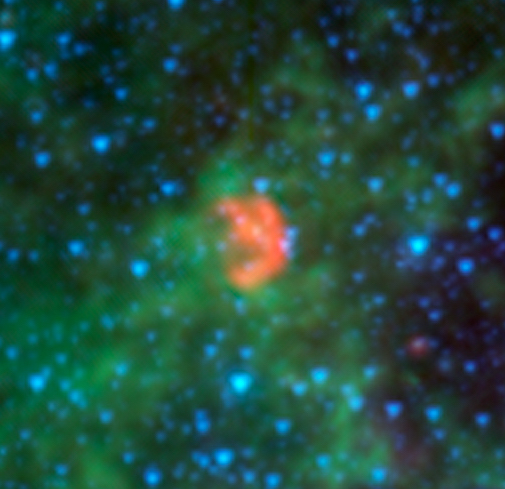
June, 2014. To the right is a Spitzer infrared image of the SNR N103B, located in the Large Magellanic Cloud. We used Spitzer spectroscopy of the remnant to determine that the shock wave from the supernova is encountering incredibly dense material, two orders of magnitude higher than one would expect for the ISM of the LMC. We concluded that this material must be circumstellar in origin, thrown off by the progenitor system prior to the explosion. Along with Kepler's SNR, this is only the second known remnant in this category.
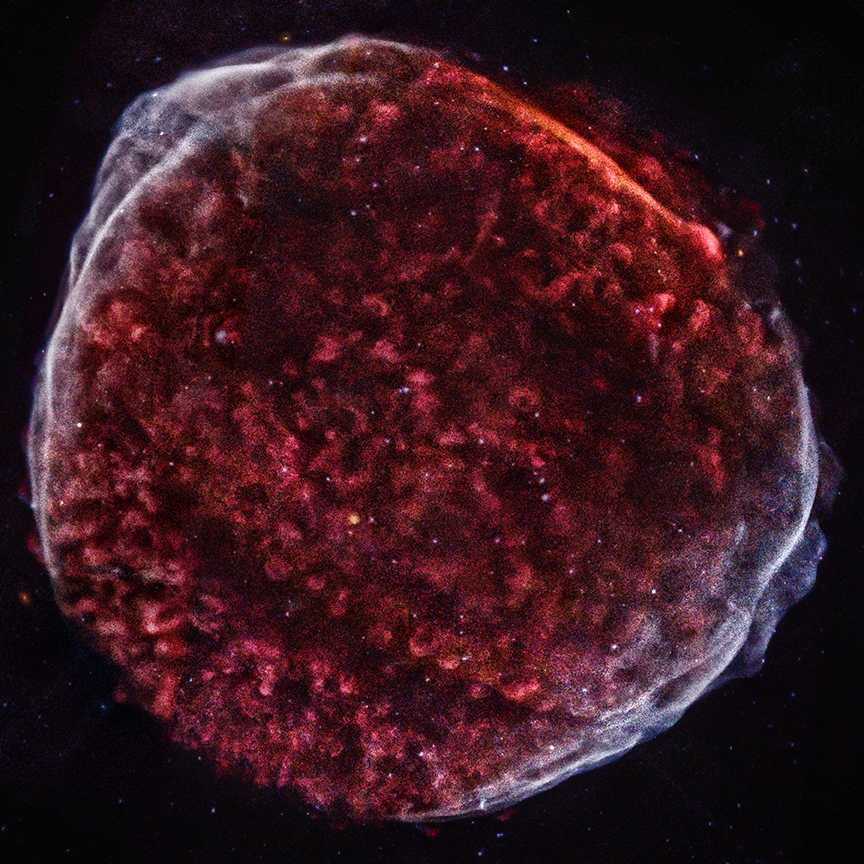
April, 2013. In 1006 C.E., the brightest supernova of modern times exploded and was documented by astronomers the world over. It was visible during the day, and stayed bright enough to be seen for a few years. Today, we see the remnant of SN 1006 in images like this Chandra X-ray image, which shows the ejecta from the star in red, and the light from synchrotron emitting electrons in white and blue.

October, 2011. RCW 86 is very likely the remnant of the "guest star" that appeared in the sky in 185 C.E., as documented by Chinese astronomers. This makes it the oldest example of a supernova observed by humans that have been preserved in historical records. Our paper on this object used infrared and X-ray data to show that the explosion must have occurred in a hollowed-out cavity, with the material surrounding the star cleared away by strong winds from the pre-supernova system. This remains the only example of a Type Ia supernova with this characteristic. This particular press release garnered particularly wide-spread attention, appearing on virtually every major news outlet in the world, likely due to the historical connection and the nice image.